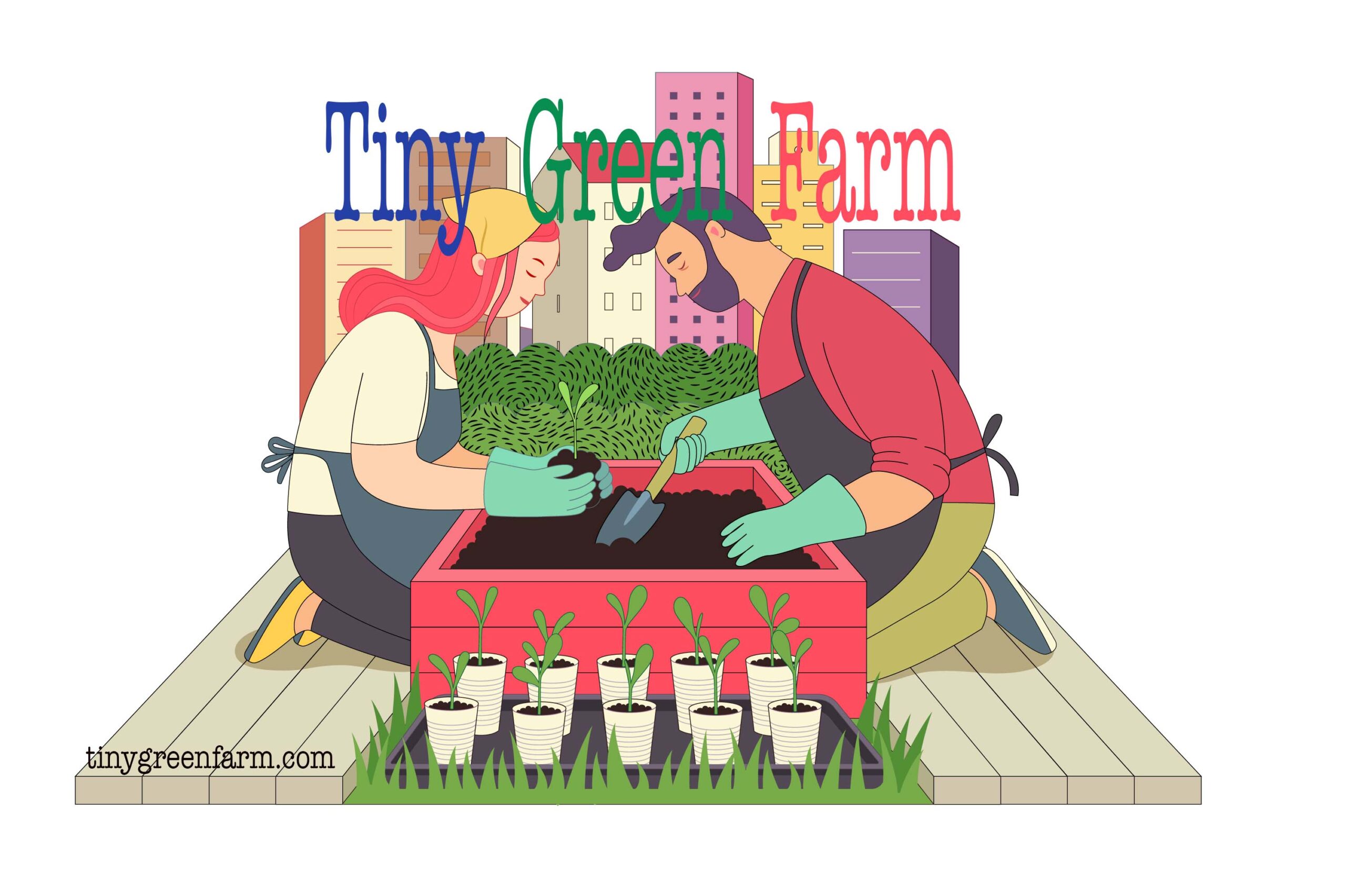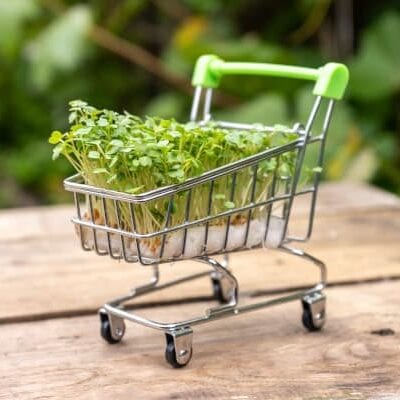Tiny
Green
Farm
Recent Posts
-
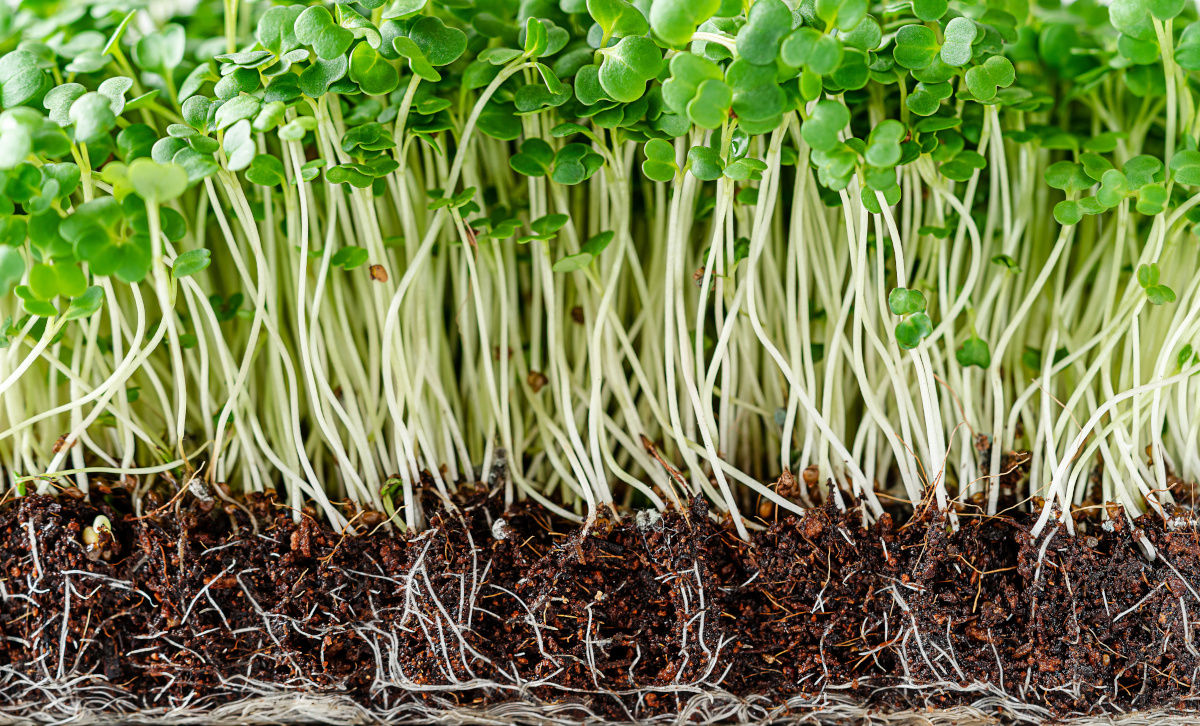
Can You Reuse Soil When Growing Microgreens?
Growing microgreens is a rather resource-intensive process, so we are all looking for ways to make it less expensive, or more sustainable. In this article, I will explore whether it’s possible or worthwhile to reuse soil when growing microgreens. So can you reuse soil when growing microgreens? The short answer is no, not without processing…
-

How to Store Microgreens for Maximum Shelf Life
Microgreens are different from other vegetables in many ways and they require special handling in order to maintain their freshness and flavor. How you store your microgreens can make a difference in how long they last. So how to store microgreens? In short, they need to be in an airtight container and kept in the…
-
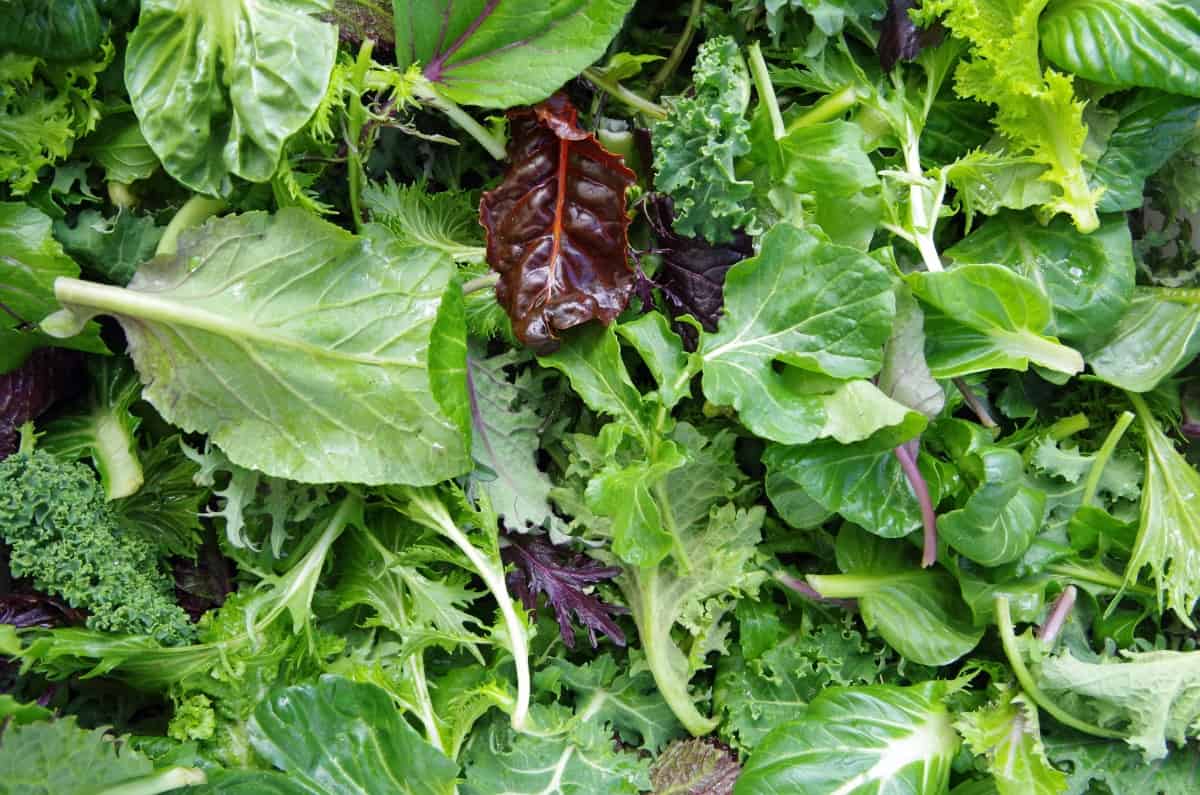
What is the Difference Between Microgreens and Baby Greens?
Both microgreens and baby greens are popular nowadays, but how can you tell the difference? I wanted to find out what the distinction was, and whether it’s an official one or not. The difference between microgreens and baby greens is their size: Microgreens are younger plants that are harvested at an earlier stage (7 to…
-
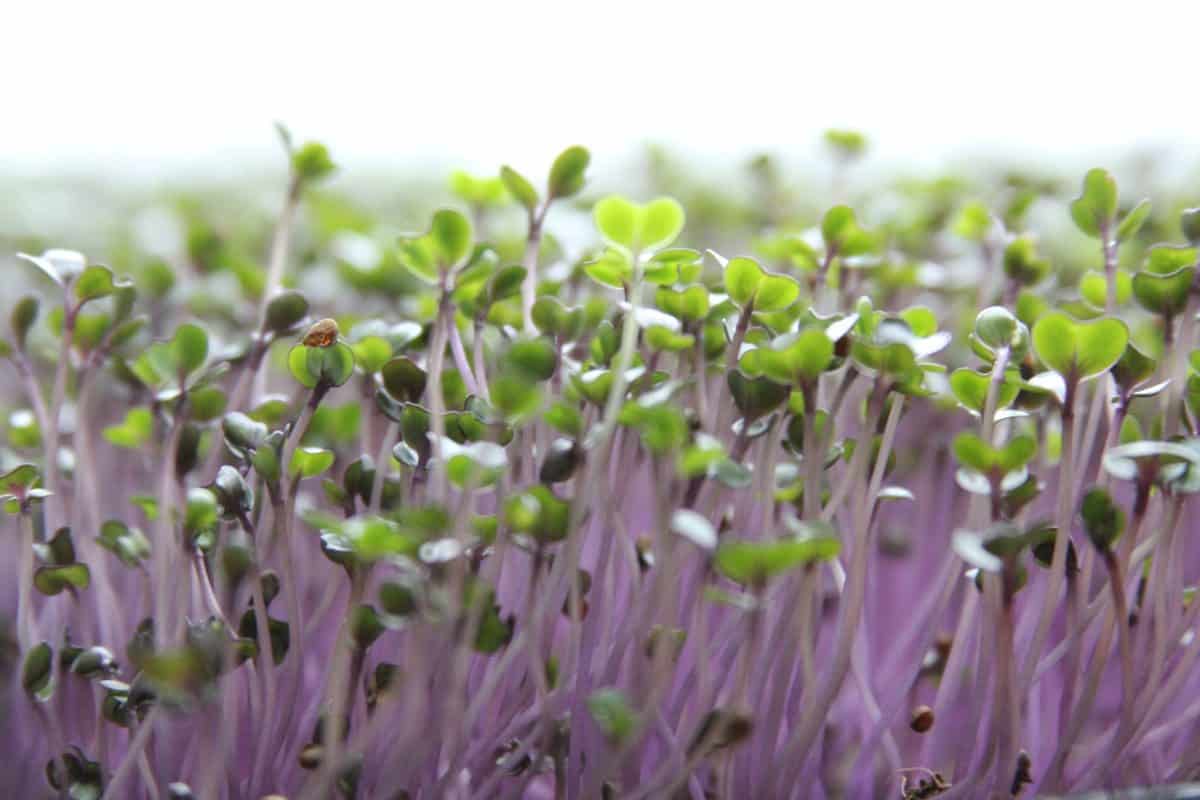
What Plants Can Be Grown as Microgreens?
When you look up the list of edible microgreens, the catalog includes over one hundred varieties. But what determines whether a plant can be eaten as a microgreen or not? That’s what I decided to investigate. Many plants can be grown and eaten as microgreens. The safest choices for microgreens are leafy green vegetables and…
-

What are Microgreens?
Microgreens are often confused with sprouts, although they can be used interchangeably. In this article, I will give an introduction to what microgreens are and how to use them. Microgreens are vegetable greens that are harvested after 10 to 20 days of planting. They can be grown from a variety of seeds, including vegetables, herbs,…
-
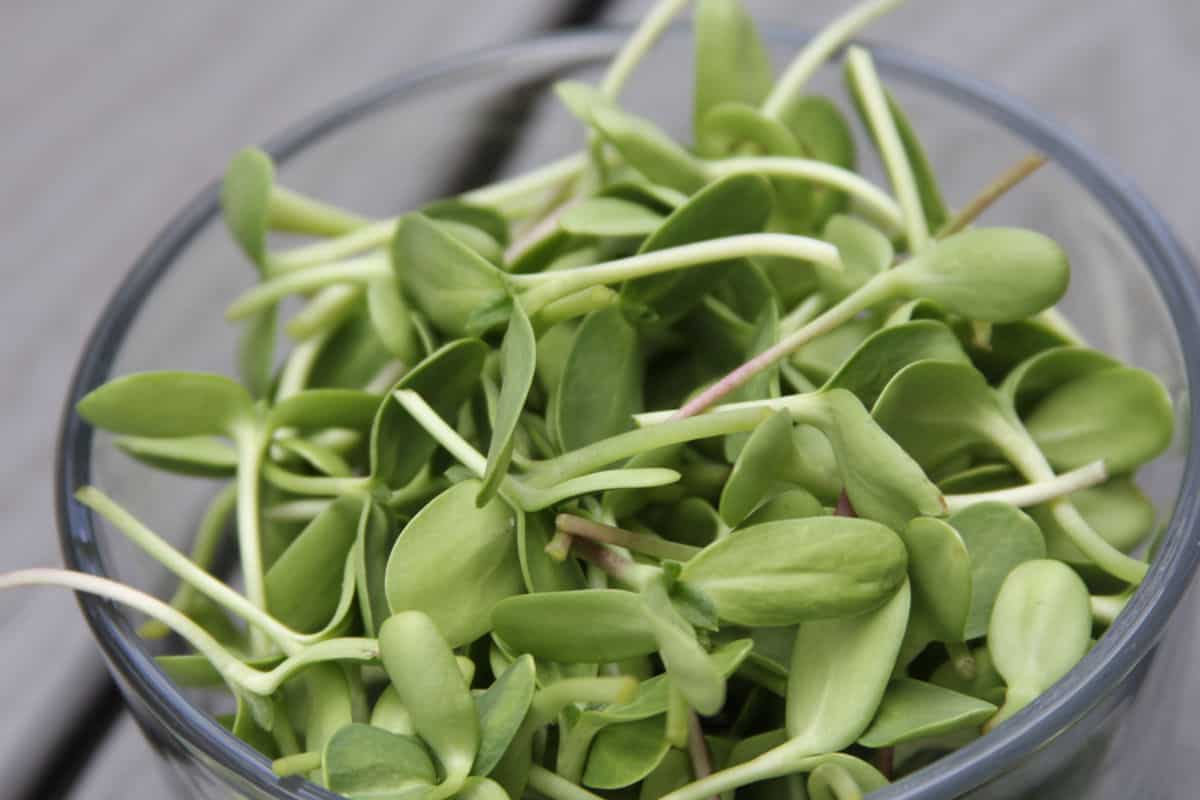
How to Grow Microgreens in 13 Steps
Microgreens are growing increasingly popular for good reasons. They are healthy, delicious, attractive, and also easy to grow. If you would like to try your hands at growing them yourself at home, here is a step-by-step guide to help you succeed. You will need to choose some seeds, select containers and growing medium, measure out…
